- Neuropathic Pain
- Mens Health
- Hair Loss
- Pain Relief
- HCG Injections
- Quit Smoking
- Pharmaceutical Vaccine
- Best Selling Products
- Anti Viral
- Bimatoprost
- Antibiotics
- Women's Health
- Cetaphil
- Botulinum
- Diabetes
- Human Albumin
- Anti Malarial
- Dermal fillers
- Chemical Peels
- Nephrology Segment
- Kidney / Liver Care
- Anti Cancer
- Altus Product's
- Pharmaceutical Products
- Anti Fungal
- Hepatitis
- Beauty & Skin Care
- Asthma
- Modafinil
- Urology Segment
- Thyroid Care
- Armodafinil
- HIV Medicines
- Weight Loss
- Naltrexone
- Anti Emetic
- Anti-Cancer
- Armodafinil
- Bimatoprost
- Botulinum
- Dermal Fillers
- Hepatitis
- Mens-health
- Modafinil
- Naltrexone
- ANTI EMETIC
- Altus Product’s
- Anti Fungal
- Anti Malarial
- Anti Viral
- Antibiotics
- Asthma
- Beauty & Skin Care
- Cetaphil
- Chemical Peels
- Diabetes
- Hair Loss
- HCG Injections
- HIV Medicines
- Human Albumin
- Kidney / Liver Care
- Neuropathic Pain
- Pain Relief
- Pharmaceutical Products
- Pharmaceutical Vaccine
- Quit Smoking
- Thyroid Care
- Weight Loss
- Women’s Health
- Neuropathic Pain
- Mens Health
- Hair Loss
- Pain Relief
- HCG Injections
- Quit Smoking
- Pharmaceutical Vaccine
- Best Selling Products
- Anti Viral
- Bimatoprost
- Antibiotics
- Women's Health
- Cetaphil
- Botulinum
- Diabetes
- Human Albumin
- Anti Malarial
- Dermal fillers
- Chemical Peels
- Nephrology Segment
- Kidney / Liver Care
- Anti Cancer
- Altus Product's
- Pharmaceutical Products
- Anti Fungal
- Hepatitis
- Beauty & Skin Care
- Asthma
- Modafinil
- Urology Segment
- Thyroid Care
- Armodafinil
- HIV Medicines
- Weight Loss
- Naltrexone
- Anti Emetic
No products in the cart.
Return To Shop$34.87 – $64.74Price range: $34.87 through $64.74
Amaryl 1mg Tablet (Glimepiride 1mg)
Amaryl 1mg Tablet belongs to a group of medicines called sulfonylureas and is used to treat type 2 diabetes mellitus in adults. It helps control blood sugar levels in people with diabetes thereby preventing serious complications of diabetes such as kidney damage and blindness.
Have questions?
Call : +91 9002 1002 33
Amaryl 1mg Tablet (Glimepiride 1mg)
| COUNTRY OF ORIGIN | India |
|---|---|
| DOSAGE FORM | Tablets |
| EQUIVALENT BRAND | Amaryl |
| GENERIC NAME | Glimepiride |
| INDICATION | Type 2 diabetes |
| MANUFACTURER | Sanofi India Ltd |
| PACKAGING | 30 tablets in 1 strip |
| COMPOSITION | Glimepiride (1mg) |
| PACK SIZE | 60 Tablet/s, 90 Tablet/s, 120 Tablet/s, 150 Tablet/s |
PRODUCT INTRODUCTION
Amaryl 1mg Tablet belongs to a group of medicines called sulfonylureas and is used to treat type 2 diabetes mellitus in adults. It helps control blood sugar levels in people with diabetes thereby preventing serious complications of diabetes such as kidney damage and blindness.
Amaryl 1mg Tablet may be used alone or along with other medicines. It should be taken just before or with the first meal of the day. Take it regularly at the same time each day to get the maximum benefit. Your doctor will decide what dose is best for you and this may change from time to time according to your blood sugar levels.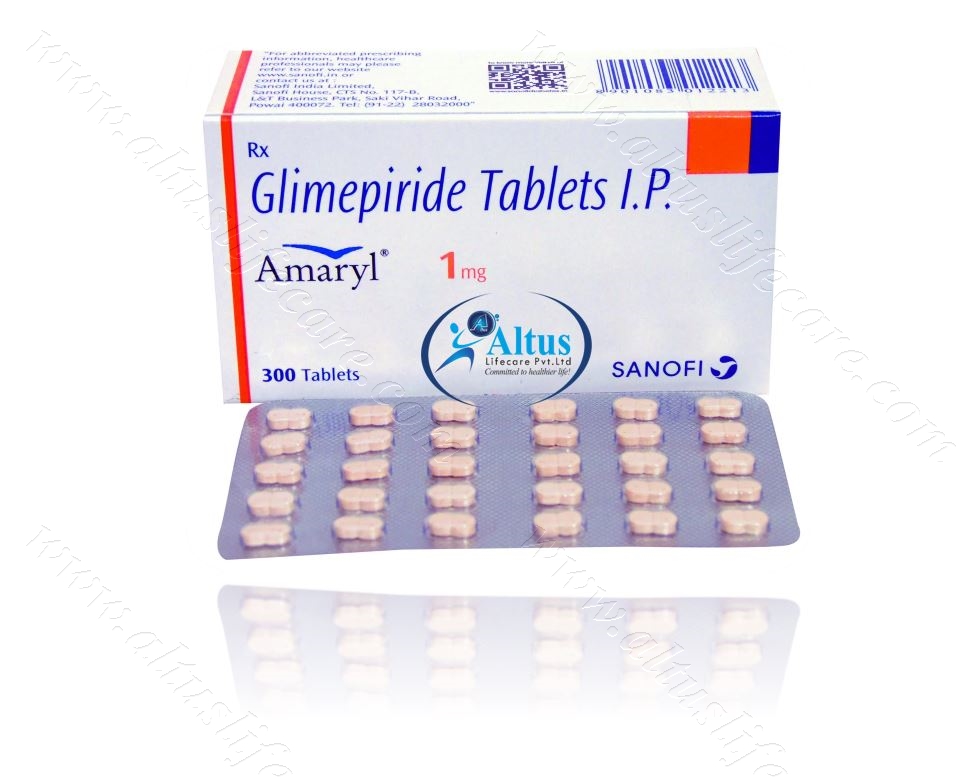
Keep taking this medicine, even if you feel well or your blood sugar levels are controlled. If you stop it without consulting your doctor, your blood sugar levels could rise to put you at risk of diabetes complications such as kidney damage, blindness, nerve problems, and loss of limbs.
Remember that it is only part of a treatment program that should also include a healthy diet, regular exercise, and weight reduction as advised by your doctor. Your lifestyle plays a big part in controlling diabetes.
The most common side effects of taking this medicine include low blood sugar levels (hypoglycemia), nausea, headache, and dizziness. Make sure you recognize the signs of having low blood sugar levels, such as sweating, dizziness, headache, and shaking, and know how to deal with them. To prevent this, it is important to have regular meals and always carry a fast-acting source of glucose such as sugary food or fruit juice with you.
Drinking alcohol can also increase your risk of low blood sugar levels and hence should be avoided. Some people may experience an increase in weight with this medicine.
You should not take it if you have type 1 diabetes mellitus, diabetic ketoacidosis (high levels of acid in your blood), or if you have severe kidney or liver disease. Before taking this medicine, tell your doctor if you have ever had heart disease, thyroid disease, or some hormonal conditions, as it may not be suitable.
Pregnant or breastfeeding women should also consult their doctor before taking it. Your blood sugar levels should be checked regularly and your doctor may also advise blood tests to monitor your blood cell counts and liver function.
Charting Progress: The Journey with Glimepiride Metformin
Take a closer look at the progress made on the journey with Glimepiride and Metformin, recognizing the milestones achieved in diabetes management.
“Breaking Down Glimepiride: Benefits and Considerations”
This section provides a nuanced analysis of the benefits and considerations associated with Glimepiride use. By weighing its positive effects against potential drawbacks, patients and healthcare professionals can make informed decisions that align with individual health goals and priorities.
“Breaking Down Glimepiride: Benefits and Considerations”
This paragraph breaks down the benefits and considerations associated with Glimepiride use. By examining its positive effects on blood sugar regulation and considering potential side effects, healthcare providers can make informed decisions about incorporating Glimepiride into diabetes treatment plans.
Continuous Glucose Monitoring in the Treatment of Type 2 Diabetes Mellitus
Examining technological advancements, this section focuses on continuous glucose monitoring as a pivotal tool in diabetes management. By providing real-time data, such monitoring facilitates better decision-making for both healthcare providers and individuals, contributing to improved glycemic control.
Signs and Symptoms of Type 2 Diabetes Mellitus: Understanding the Preliminary Symptoms
Delve into an understanding of the preliminary symptoms associated with Type 2 Diabetes Mellitus. Gain knowledge on how these early manifestations can serve as crucial indicators of metabolic health.
“Meds for Diabetes Mellitus Type 2: Prescription Power for Better Management”
Unleash the power of prescription medications for better management of Type 2 Diabetes. This guide explores the role of medications as powerful tools in controlling blood sugar levels, preventing complications, and promoting overall health.
Medications for Diabetes Mellitus Type 2: Holistic Wellness Perspectives
Beyond blood sugar control, medications contribute to holistic wellness in type 2 diabetes. This blog will take a broader perspective, discussing how medications play a role in overall health and well-being for individuals with diabetes.
Journey to Control: Drug for Diabetes Mellitus Type 2
Tracing the journey individuals undertake with the help of this drug in achieving control over Diabetes Mellitus Type 2, highlighting milestones and key aspects of the treatment process.
DM Type 2 Medications: Rx for Wellness in Diabetes Care
This guide provides a prescription for wellness in diabetes care, offering practical advice and medication recommendations to enhance overall well-being in individuals with Type 2 Diabetes.
Diabetes Mellitus Medications: Inside the Pillbox – Making Informed Choices
Take a closer look inside the pillbox and make informed choices about diabetes mellitus medications. This guide provides insights into the characteristics of different medications, helping you navigate treatment with confidence.
USES OF AMARYL TABLET
- Treatment of Type 2 diabetes mellitus
BENEFITS OF AMARYL TABLET
In Treatment of Type 2 diabetes mellitus
Amaryl 1mg Tablet increases the amount of insulin your body produces (in the pancreas). The insulin then works to lower your blood glucose level. It is usually taken once a day. You should keep taking it for as long as it is prescribed.
Lowering blood glucose levels is an essential part of managing diabetes. If you can control the level you will reduce the risk of getting any of the serious complications of diabetes such as kidney damage, eye damage, nerve problems, and loss of limbs. Taking this medicine regularly along with proper diet and exercise will help you live a normal, healthy life.
SIDE EFFECTS OF AMARYL TABLET
Common side effects of Amaryl
- Hypoglycemia (low blood glucose level)
- Headache
- Nausea
- Dizziness
HOW TO USE AMARYL TABLET
HOW AMARYL TABLET WORKS
SAFETY ADVICE

Alcohol

Pregnancy

Breast feeding
Monitoring of the breastfed infant’s blood glucose is advisable during maternal therapy with Amaryl-1mg Tablet

Driving

Kidney
Use of Amaryl 1mg Tablet is not recommended in patients with severe kidney disease. These patients can experience very low blood sugar levels which may become normal after a long time.

Liver
However, the use of Amaryl 1mg Tablet is not recommended in patients with severe liver disease. These patients can experience very low blood sugar levels which may become normal after a long time.
WHAT IF YOU FORGET TO TAKE AMARYL TABLET?
| Pack Size | 60 Tablet/s, 90 Tablet/s, 120 Tablet/s, 150 Tablet/s |
|---|
3 reviews for Amaryl 1mg Tablet (Glimepiride 1mg)
Related products
Hepcvel Tablet | Sofosbuvir 400mg | Velpatasvir 100mg
From: $205.13Sofovir 400mg Tablet | Sofosbuvir 400mg
From: $102.56Resof 400mg Tablet | Sofosbuvir 400mg
From: $179.49Ledviclear Tablets | Ledipasvir | Sofosbuvir
From: $243.59Cytosar Injection (Cytarabine)
From: $57.14Daunotec 20mg Injection | Daunorubicin
From: $54.55Sofab LP Tablet | Ledipasvir | Sofosbuvir
From: $256.41People also bought
-

Benoquin 40 Cream | Monobenzone 40%
From: $154.77 -
 From: $38.38
From: $38.38 -
 From: $40.05
From: $40.05 -

Aziderm 10% Cream 15gm | Azelaic Acid 10%
From: $39.26
Our Services
Shipping
Shipping at Discounted Price
Money Returns
Return Within 30 Days
Secure Payment
Safe & Secure Payment
Support 24/7
Contact 24 Hours Day
From: $76.92


From: $36.15
- Anti-Cancer
- Armodafinil
- Bimatoprost
- Botulinum
- Dermal Fillers
- Hepatitis
- Mens-health
- Modafinil
- Naltrexone
- ANTI EMETIC
- Altus Product’s
- Anti Fungal
- Anti Malarial
- Anti Viral
- Antibiotics
- Asthma
- Beauty & Skin Care
- Cetaphil
- Chemical Peels
- Diabetes
- Hair Loss
- HCG Injections
- HIV Medicines
- Human Albumin
- Kidney / Liver Care
- Neuropathic Pain
- Pain Relief
- Pharmaceutical Products
- Pharmaceutical Vaccine
- Quit Smoking
- Thyroid Care
- Weight Loss
- Women’s Health

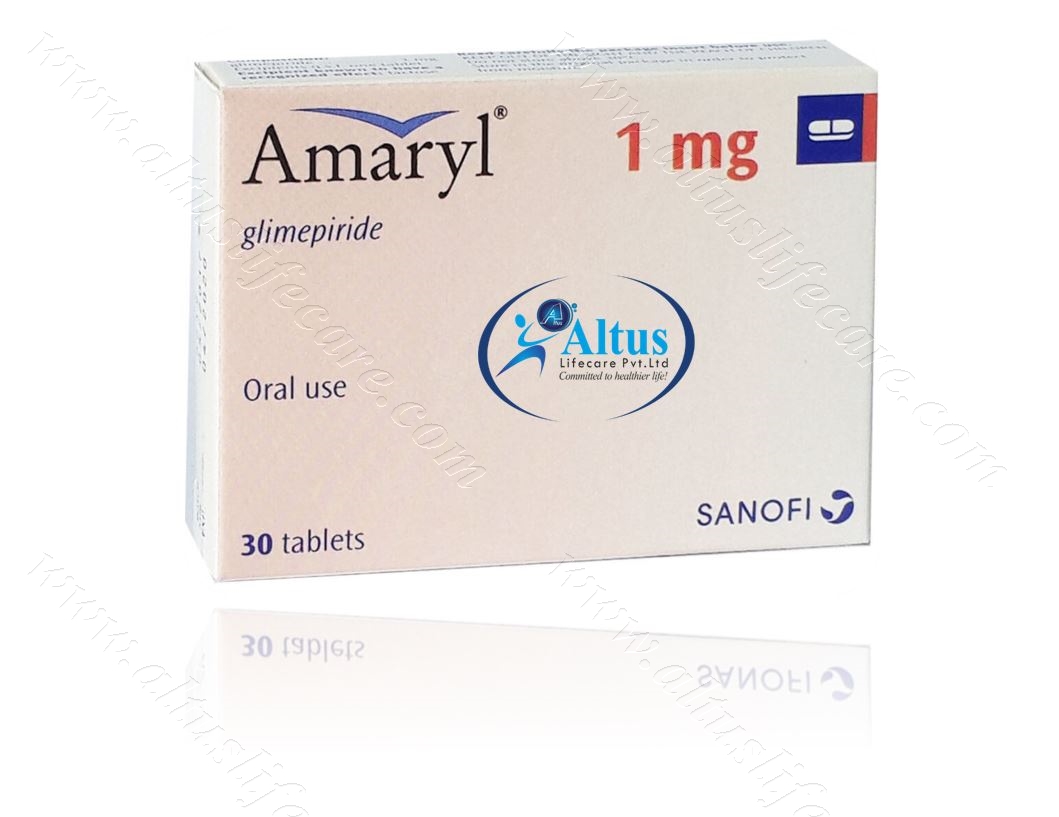
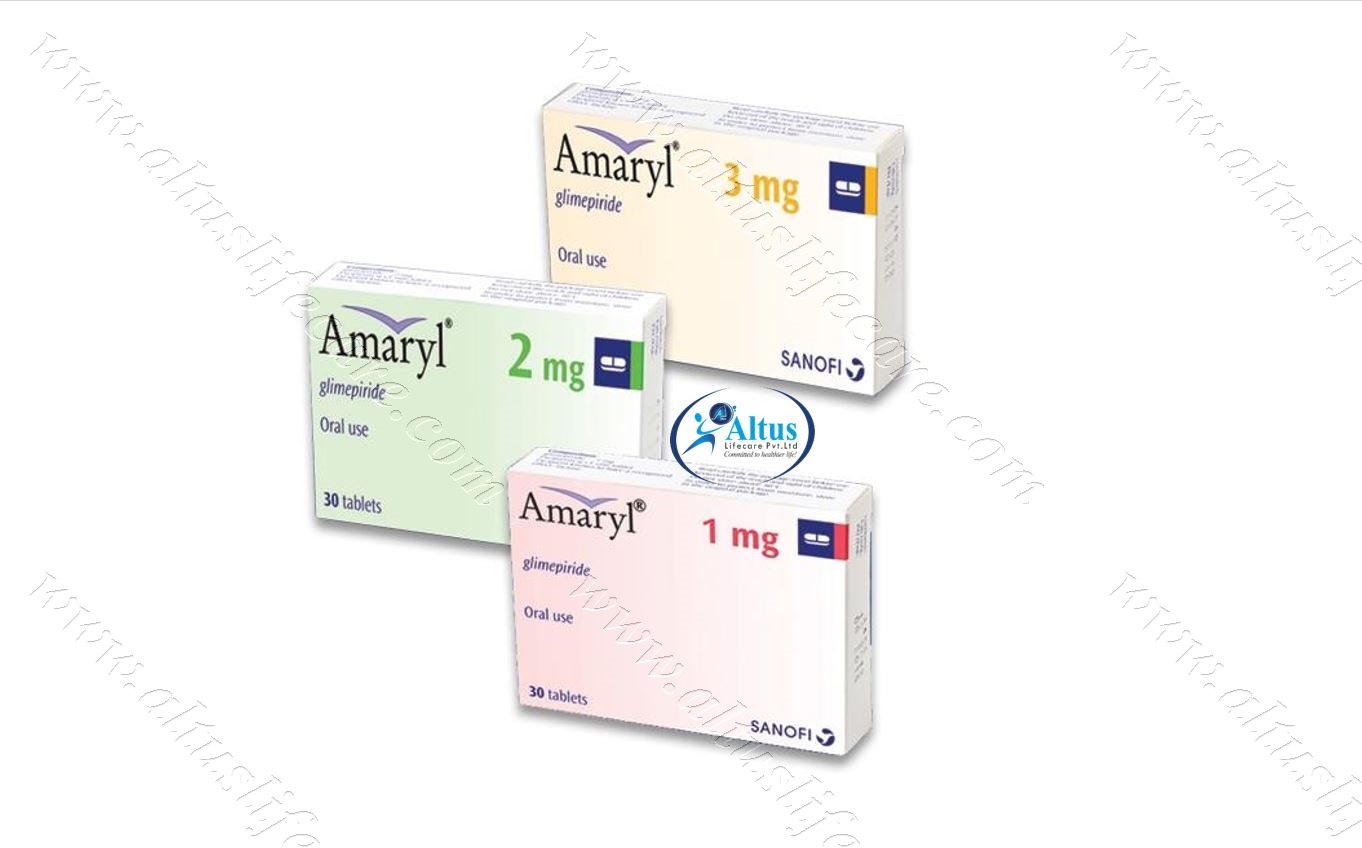

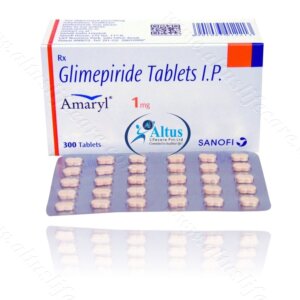
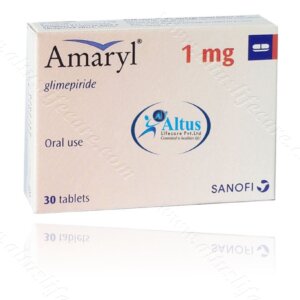
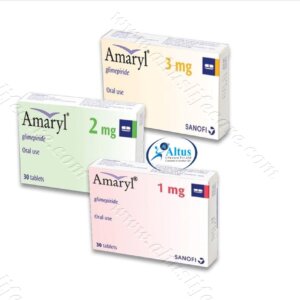




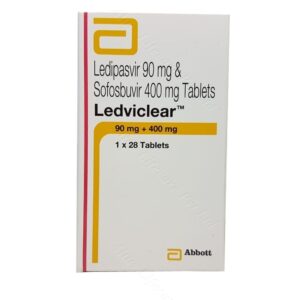
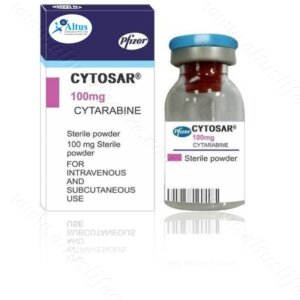




Madilyn (verified owner) –
The commitment to staying hydrated has become a foundational aspect of my self-care routine, promoting overall health and well-being alongside the management of type 2 diabetes.
Faye (verified owner) –
“Quality that speaks volumes, and the shipping was a breeze!”
Brylee (verified owner) –
“I’m amazed by the product’s remarkable quality and the beautiful packaging. It’s a great value for the price.”